You may think that this would require you to hire a plumber or take professional guidance, but why bother when you can fix this on your own. You won’t have any trouble capping your sink drain pipe, whether you’re new to plumbing or have completed multiple plumbing projects on your own.
Cap off a sink drain pipe in two different ways:
- The first approach is a temporary way of capping the pipes. You should use this during a renovation or when you need to cover the sink drain for a short period of time.
- Whereas, you should use the second approach, which permanently closes sink drain pipes when it is leaking and you need to stop them.
Read through this article thoroughly to get a detailed step-by-step explanation on how you can cap off your sink pipes in two different ways and how you can remove them when needed.
Benefits of Capping Off the Sink Drain:
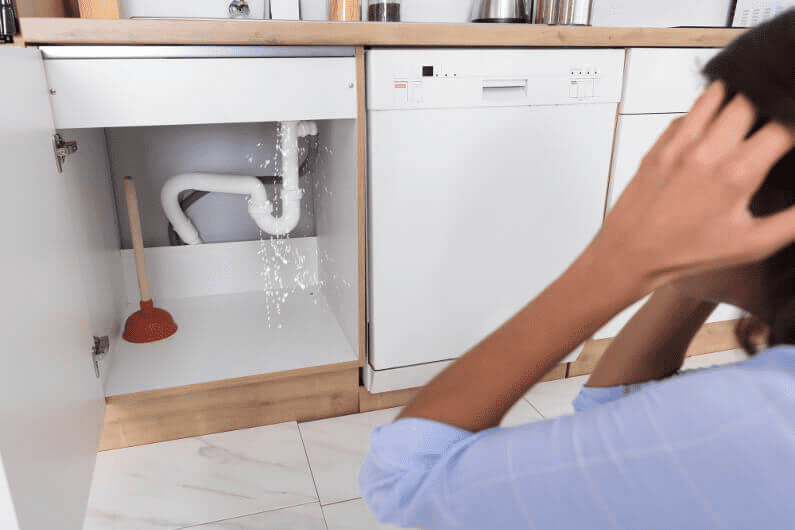
Reduces Water Wastage
If your sink drain pipe is faulty and drips continuously, it would eventually result in higher water bills. You can avoid this Excessive water loss due to leaks by capping your sink drain pipe.
And can protect your kitchen from unusual flooding!
Protects the Pvc Pipes
Frequent water spillage from the drain could reduce the durability of the PVC pipes, increasing the chances of them being destroyed.
This would unnecessarily increase your expenditure on a new drain pipe.
Thus, you can cap it to keep it from degrading and extending its life.
Prevents Unnecessary Expenditure
The capping operation does not necessitate any special expertise or equipment. You may seal off your pipeline using a simple procedure and simple tools.
In turn, capping off the pipes in advance can save you from future expenses due to leaks.
The Renovation Process Becomes Easier
It is always better to seal your plumbing pipes before remodeling your kitchen or bathroom. With an exterior cap, you’ll be able to do this quickly and get back to work on your renovation.
These are the procedures that can be followed to ensure the process is completed correctly. The procedure does not necessitate the acquisition of any specific abilities.
How to Cap Off a Sink Drain Pipe?
You can cap off your bathroom sink or kitchen sink in one of two ways, as mentioned above.:
So the list of materials/tools needed to cap off the sink plumbing
For Temporary Capping
- Tubing cutter or hacksaw
- Metal file (if needed)
- Rag
- Measuring tape
- Emery cloth
- Hackshaw
For Permanent Capping
- PVC cement
- Wrench
- PVC prime
And most importantly a Pipe cap.
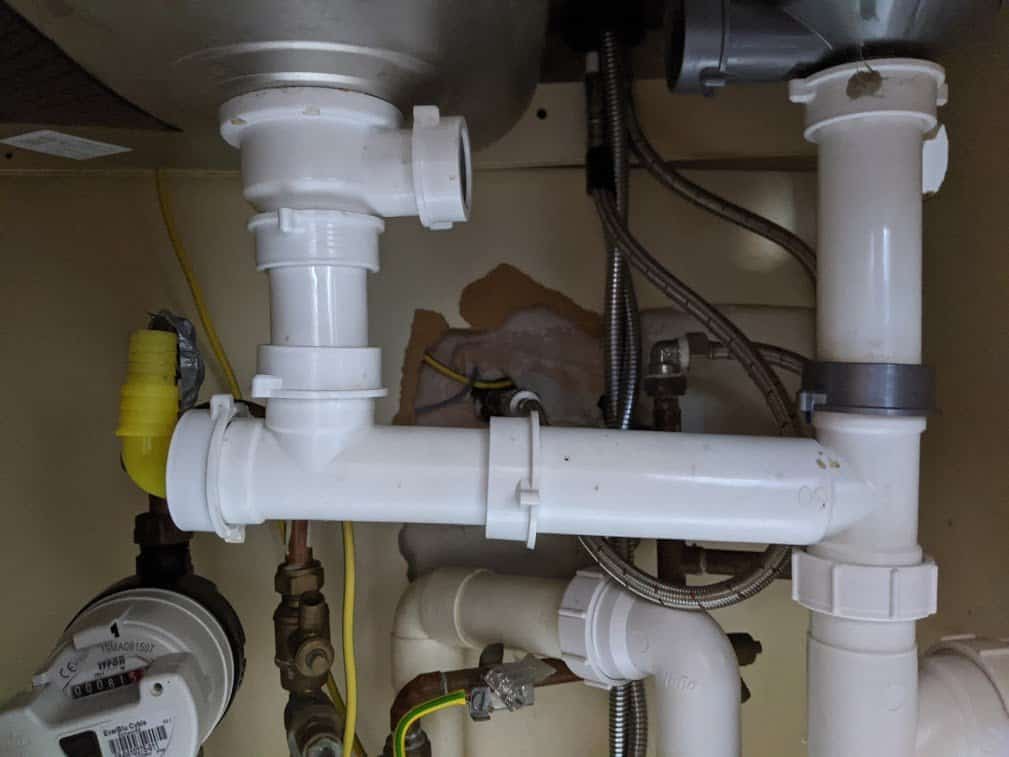
Temporary Capping
You can use either cap off your plumbing for a limited time or entirely seal it for the rest of your life. A temporary sealing technique can cover a pipe while renovation work is being done. After that, the cap can be simply removed.
Here are a few key stages to properly deploying the procedure.
Step 1: Turn Off the Water Supply
It’s better to start by turning off the water supply to prevent water from rushing out during the cutting procedure. You’ll need to make room for the cap to fit on your pipes before you can seal it off. As a result, you’ll need to cut certain pipes to attach the cap properly.
Turning off the water supply is as simple as switching off the water control switch located near the sink.
To be more careful, you can turn off the main water supply.

Step 2: Measure and Cut the Pipe
Begin measuring the sink drain pipe you wish to plug and seal as you turn off the water supply.
Take exact measures with a measuring tape. Mark the region that needs to be trimmed for the cap to fit. The plumbing sealing procedure will not go smoothly if the measurements are incorrect.
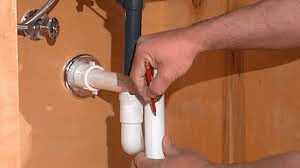
Use a hacksaw to precisely measure the pipe. After measurement, you can cut the pipe from the measured area.
Step 3: Clean Off the Pipes to Remove Dust
After severing the pipe, you’ll discover that it’s full of rubbish and waste. Drain pipes should be cleaned from the inside out with a clean rag or towel. You can work more efficiently by wiping all water leaks and puddles.
Pipe edges are not smooth after cutting. Using any natural abrasive or emery cloth, smooth down the pipe.
Step 4: Install the Cap
Cover the drainpipe with the cap. To secure the cap in place, lightly press it down. And check whether the cap is installed correctly.
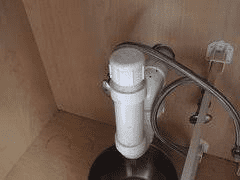
Step 5: Check the Capped Pipes
Be sure that the cap is securely fastened. Pull the cap gently; if it falls off, attempt to fix it again or get professional help.
Permanent Capping
A permanent capping procedure can seal off unused drain lines or repair any damaged or faulty plumbing. If left ignored, leaky pipes could lead to water spills, which can cause harm to the surrounding region.
Compared to temporary capping, permanent capping of disused drains or broken drain pipes is more complicated.
Step1: Cut Off the Water Supply
Turning off the water supply is also part of the procedure. It will keep water from flowing out of the pipe while capped.
To halt the water flow to the pipes, turn off the water supply button.
Step 2: Measure and Cut the Pipe
Determine which pipe is damaged and leaking.
Mark the location of a damaged or unusable drain pipe with a measuring tool. Cut the designated spot and carefully remove the pipe part using an operational saw.
Step 3: Use the Pvc Primer
What is a PVC primer?
PVC primer is a material commonly used to seal the joints between PVC pipes. To achieve success with PVC primer, it causes a chemical reaction to soften the pipe to be joined with PVC cement.
How do you use it?
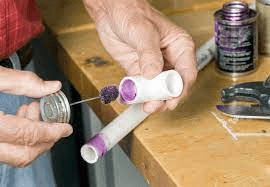
After cleaning the pipe thoroughly, apply a primer to it.
Apply the primer to the outer and inner surface of the cap, as well as the afflicted drainpipe. Be cautious when coating your drainpipe; it will aid in creating lubricant and the affixing of both ends.
Step 4: Apply the Pvc Cement
It would be best to use strong glue to secure a cap to a pipe. The most commonly used adhesive is PVC cement, which is effective and durable.
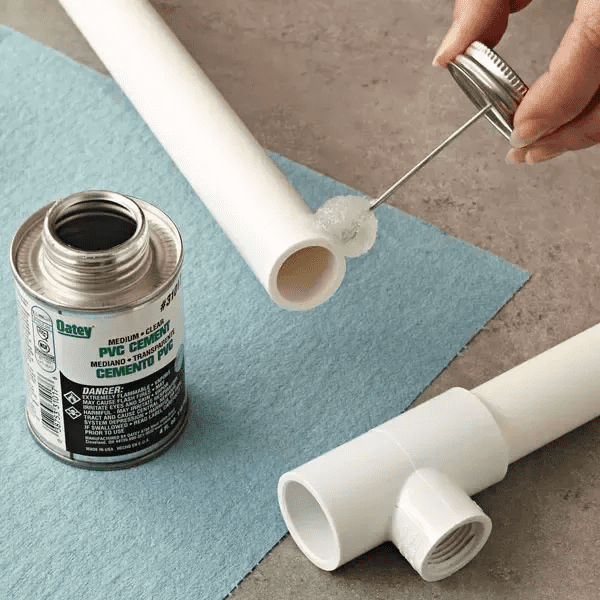
Apply PVC cement to both the cap and the pipe with care.
Place the cap perpendicular to the top of your pipe. For a short period, gently press the cap down on the sink’s drainpipe. Using a wrench, tighten the cap.
Step 5: Check the fixture
Make sure to use strong glue to connect a cap to the pipe securely. Commonly, people use PVC cement to attach items effectively and permanently.
Apply PVC cement to both the cap and the pipe with care. Place the cap perpendicular to the top of your pipe. For a short period, gently press the cap down on the sink’s drainpipe. Using a wrench, tighten the cap.
Covering Your Sink Pipes:
Unsightly drain tanks and pipes that are visible can ruin the aesthetics of your space, particularly the ones under your kitchen sink or bathroom sink. So how do you hide them from the eyes of visitors or even you?
Install a Cabinet
You can either choose to make the cabinets yourself or get a ready-made from a furniture shop.
If you decide to make it on your own, at first, you will have to bring the raw materials. If not, buy a ready-made one, which would cost around $300 at minimum.
In both cases, don’t forget to correctly measure the area covered by the drains and the pipes. Make sure the cabinet you are installing entirely covers the space.
Covering your kitchen sink drain would also make space for storing things, as shown in the image below. Through this, you can keep your washing soap, gels, scrubs, and washing resources hidden and safe in one place.
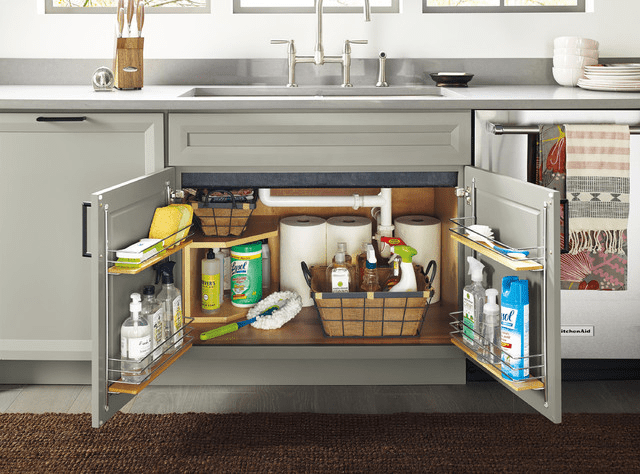
Install a Shelf Under the Sink
Just make a small shelf out of scratch to cover the area under the sink. This would be a much easier and cheaper option than the previous one.
A standard shelf would cost as little as $20.
You can even shift your old unused shelves to the kitchen area. But, in either case, be mindful of the dimensions of the sink drain area.
Get a Small Curtain
This would come in very handy. You can use one of your window curtains to cover up the area. This is the easiest and cheapest way of hiding your sink drain pipes. You will need some Velcro, a few nails, or even just some durable waterproof tape to attach it.
Find more ways to cover up your drain pipes here!
How to Remove the Cap from The Sink Drain?
What if you want to remove the cap of your sink? What will you do in such a situation?
You may need to remove the cap from your sink drain pipe in some circumstances, such as after you’ve completed your renovation. This article will shield you from harm. This article will show you how to remove a cap from your drainpipes.
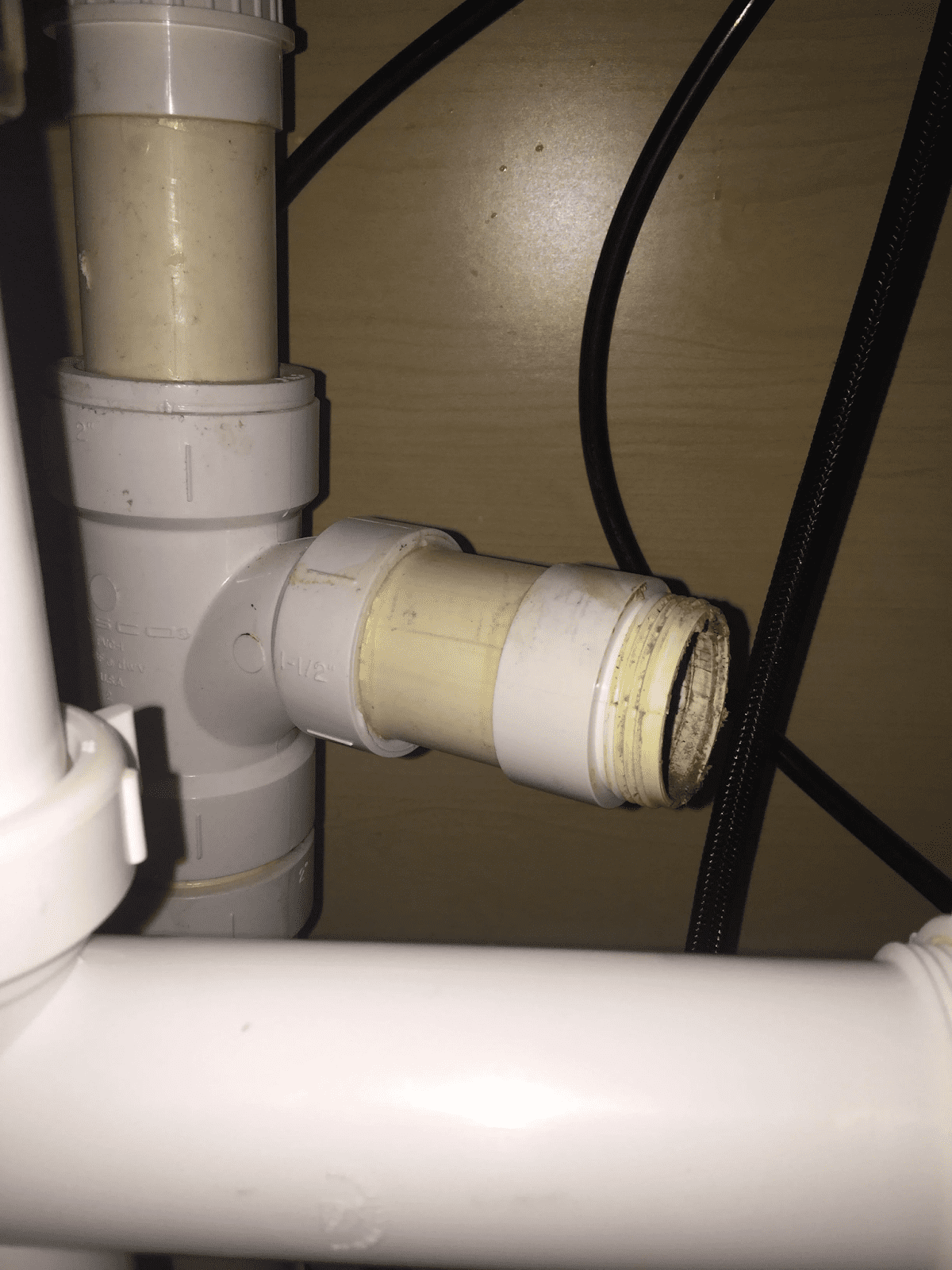
Here are a few steps to follow to uncap:
Step 1: Cut Off the Water Supply
As part of this process, you will have to turn off the water supply. This will keep water from flowing out of the pipe while capping it.
To halt the water flow to the pipes, turn off the water supply button.
Step 2: Uncapping
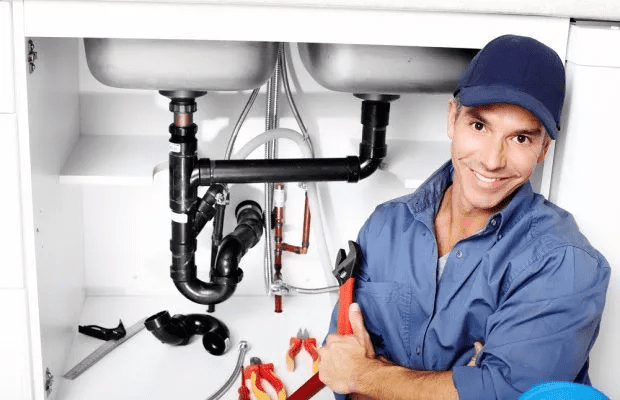
Removing the Temporary Cap
This is as simple as you can think of.
Taking off a temporary cap is easy. Pull out the cap firmly, and it will effortlessly come off.
Removing the Permanent Cap
It’s not so simple to remove a permanent seal from a pipe; you’ll need to use a different procedure.
Unlike temporary capping, towing will not be able to uncap a drainpipe with a permanent seal. With the help of an adhesive substance, you can permanently fix a cap to the pipe.
Using a clean mat or towel, locate the cap-pipe joint and wipe it clean.
You should place the saw at the end of the pipe, nearest to the cap, so that the blade is aligned with the border. Cut the pipe with a smooth stroke after removing the cap.
Step 3: Sand the End Pipes
Finally, Use a clean abrasive cloth to sand the ends of the sides. It will result in a smoother finish.
What Is the Cost of Capping Off the Sink Plumbing?
If you are a DIY enthusiast then you can do capping of the sink at a minimal cost. However, according to Homeguide, the approximate cost of repairing a leaky faucet is around $105 – $850.
Conclusion
When your sink drain pipe is leaking or not used, there are numerous advantages to capping it off.
Of course, there are other ways to fix a leaking sink drain pipe, but the majority of them are difficult. Worse, a plumber is the only one who can accomplish it. It is far better to learn how to cap off a sink drain pipe because it is simple, convenient, and effective.
Also, keep in mind that you can cap your drain line either temporarily or permanently.
![How to Increase Water Pressure In My Kitchen Sink? [Methods Explained] How to Increase Water Pressure In My Kitchen Sink? [Methods Explained]](https://houseadorable.com/wp-content/uploads/2022/12/water2.jpg)
![Why Is My Kitchen Sink Gurgling?[Reasons+Prevention Methods] Why Is My Kitchen Sink Gurgling?[Reasons+Prevention Methods]](https://houseadorable.com/wp-content/uploads/2022/12/gurgling.jpg)
![How Does Kitchen Sink Plumbing Works? [Methods Explained] How Does Kitchen Sink Plumbing Works? [Methods Explained]](https://houseadorable.com/wp-content/uploads/2022/03/Plumbing.jpg)

![How to Get Rid of Black Sludge in The Sink Drain? [9 Methods] How to Get Rid of Black Sludge in The Sink Drain? [9 Methods]](https://houseadorable.com/wp-content/uploads/2022/01/black-gunk-2.jpg)
![[A] Water Heater Not Heating After Replacing Elements and Thermostat [A] Water Heater Not Heating After Replacing Elements and Thermostat](https://houseadorable.com/wp-content/uploads/2023/08/water-heater-not-heating-after-replacing-elements-1-250x250.png)
![How Much Does It Cost to Build a Kitchen Island? [Custom Made+DIY] How Much Does It Cost to Build a Kitchen Island? [Custom Made+DIY]](https://houseadorable.com/wp-content/uploads/2022/03/cost-of-kitchen-island.jpg)
